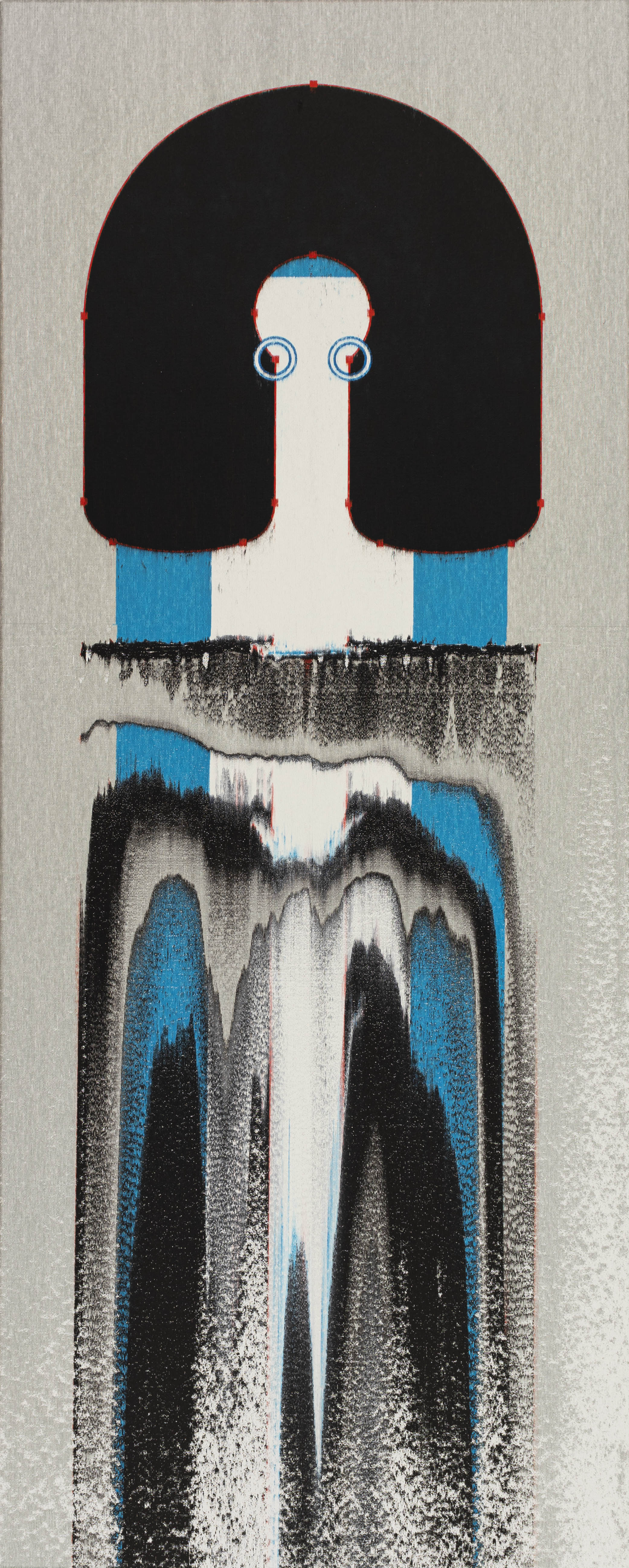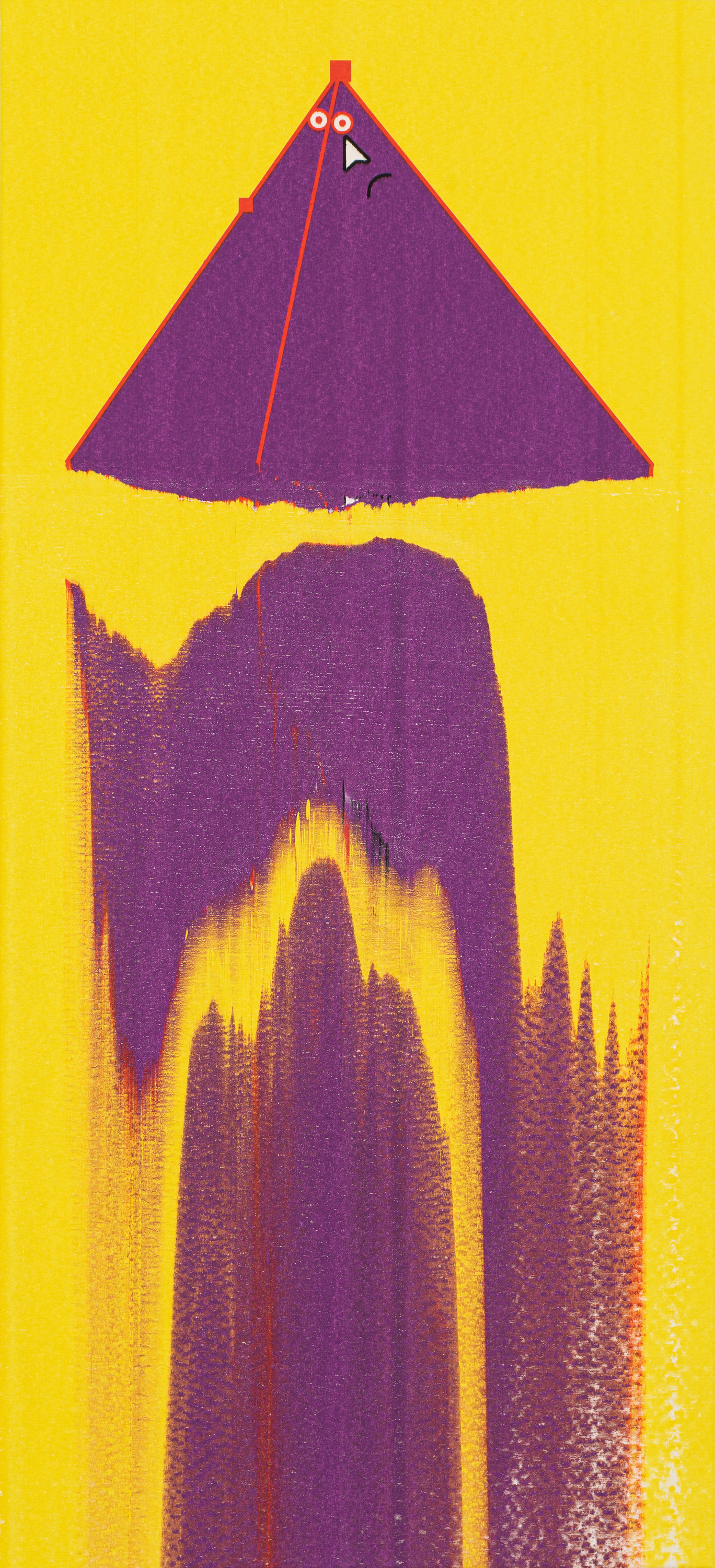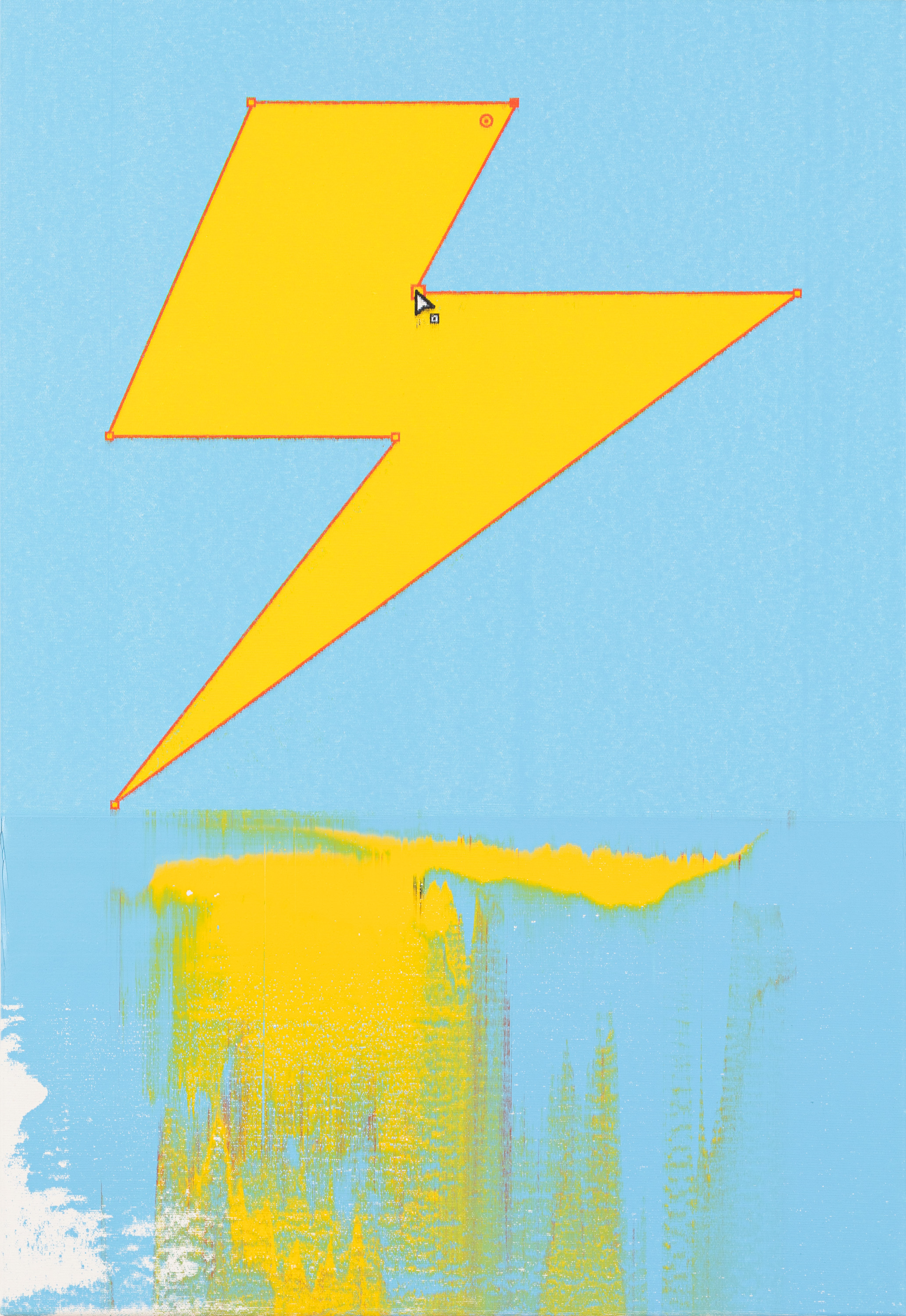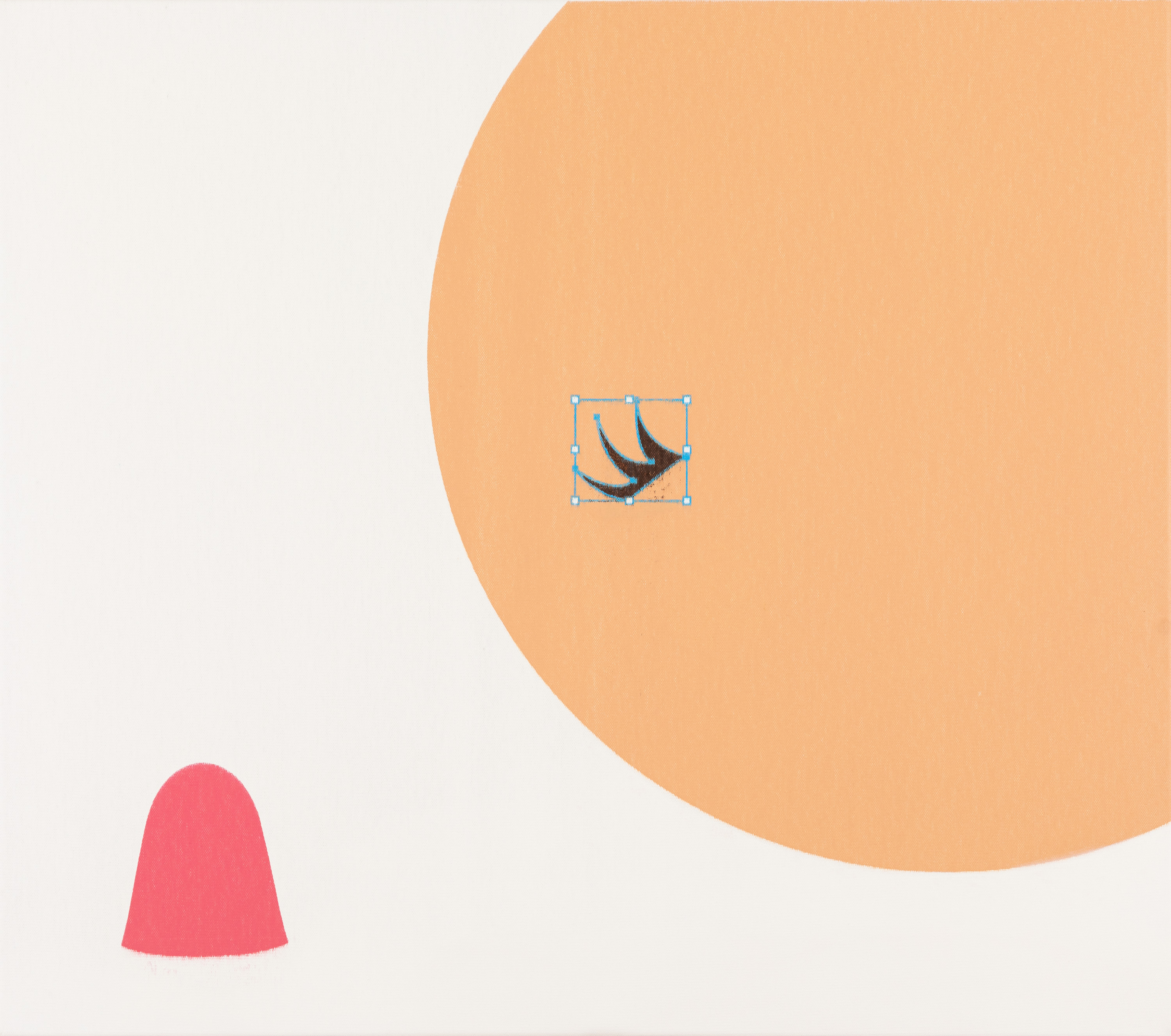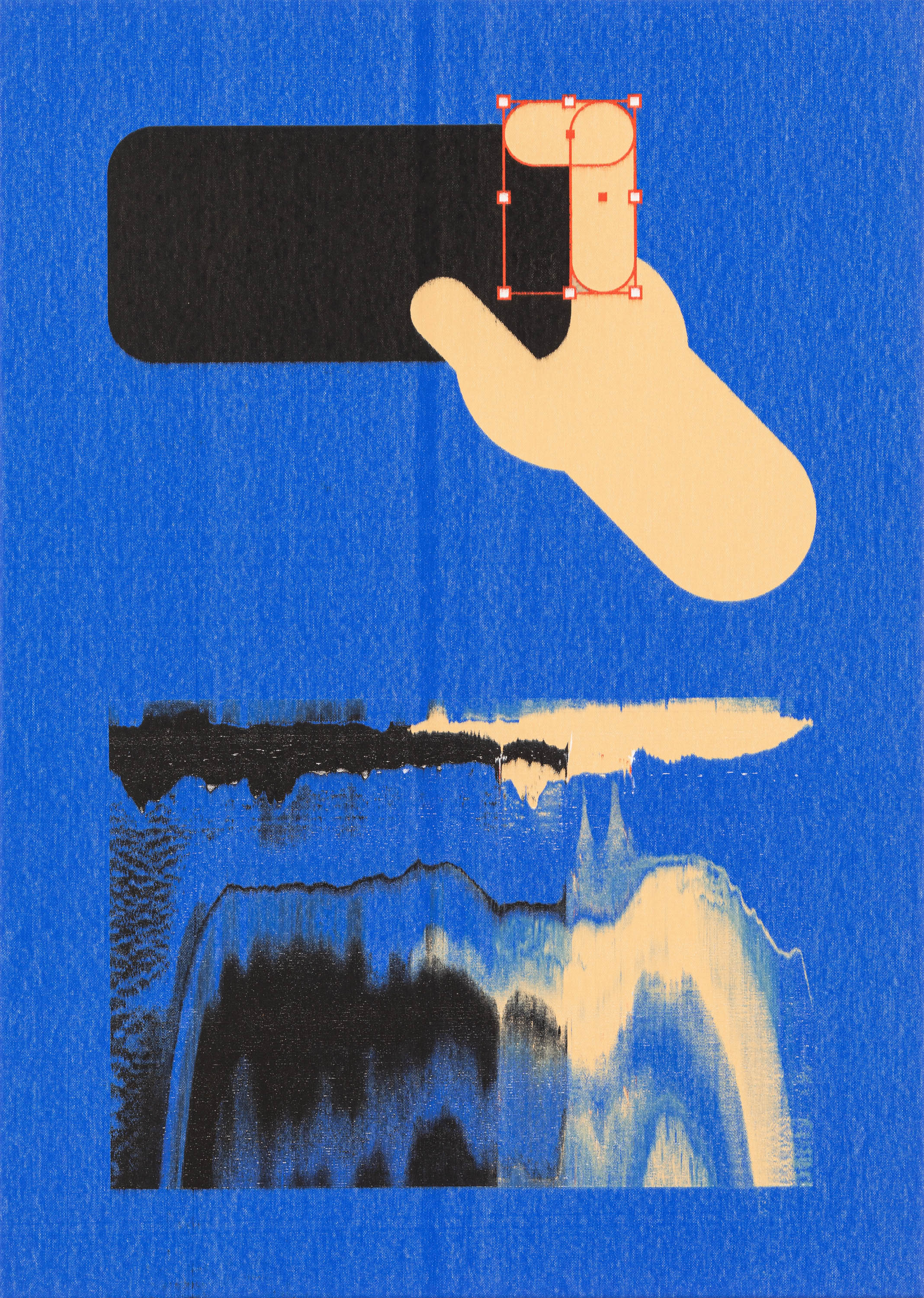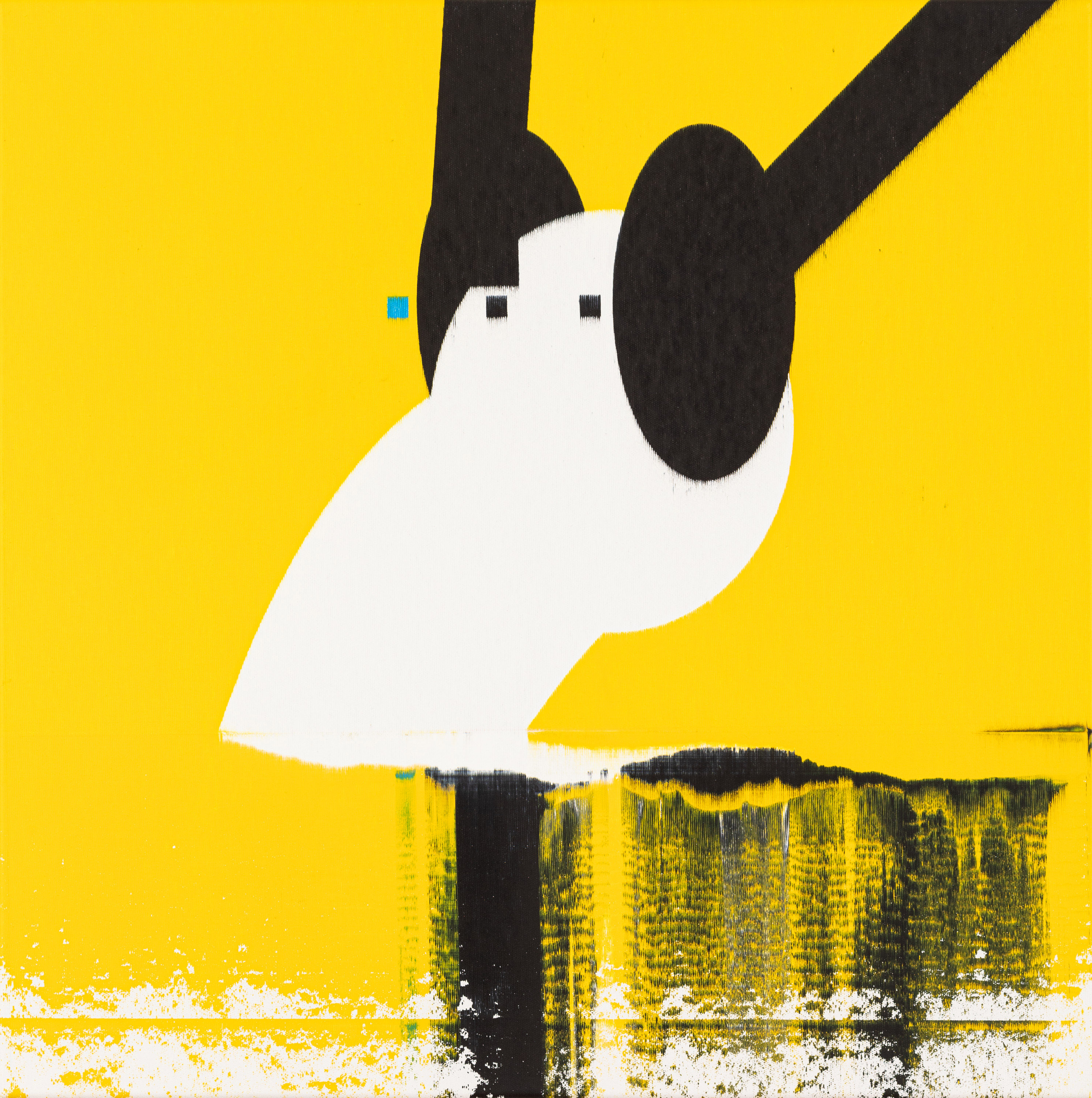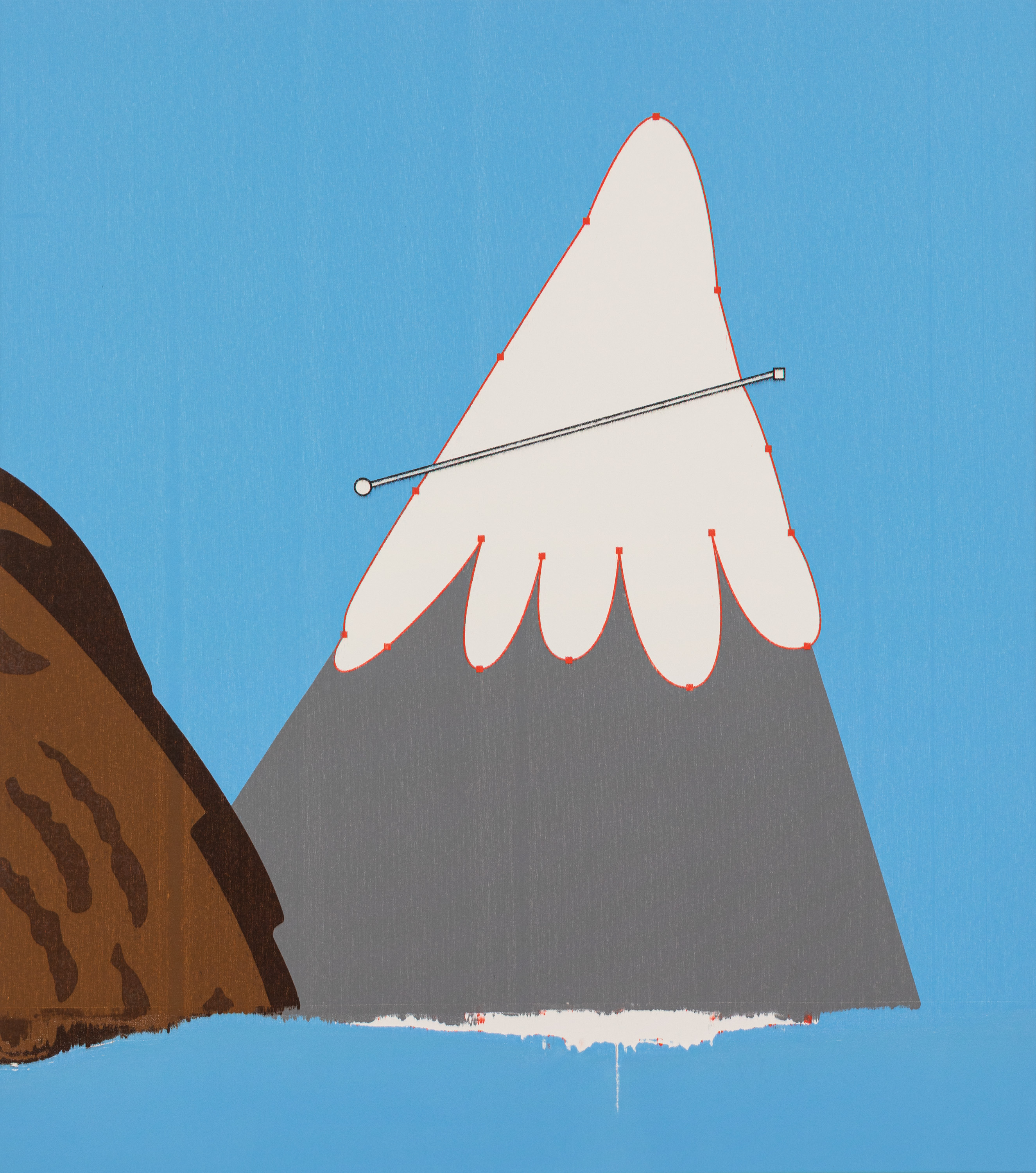acb Gallery
Róbert Batykó
Róbert Batykó (1981) has been constructing his oeuvre from series to series, since his graduation in 2005. Even though his work conceived during the last decade and a half can be divided into distinct periods, what makes his career unique is the unprecedented consistency with which he establishes the arc of his oeuvre. Batykó’s paintings are redefining the genre of the object portrait again and again, while establishing a unique mixture of photorealistic and abstract approaches. The hybrid nature of figuration and abstraction is enhanced most of all by the thematisation of digital images in, however, he does not only operate with these two seemingly opposing stylistic concepts; in Batykó’s expressive language, an equally important element is the interplay between chance and pre-determined design. Arbitrary effects as well as errors in conflict with familiar forms are vital for the artist; his various series can be (re)interpreted as a constant, conscious research into the expressive pictorial gestures that provoke representation and our understanding of the world. Reflection on digital imagery and the flow of visual information has been imminent since an early stage of the career, although it is as if this essential aspect became evident only after the reception of his paintings after 2016 which depict glitches or some reminiscence of vector graphic interfaces in a more direct manner.
The solo presentation of acb Gallery at SPARK Vienna showcases the newest paintings of Batykó, which are the most playfull and witty images of his career and every piece winks towards figuration. The artist mashes his much earlier existing affinity for pop, with a set of new cute characters which also originate from digital design.
Biography
Róbert Batykó (1981) graduated in 2005 at the Hungarian University of Fine Arts in Budapest, Department of Painting, in the class of Károly Klimó. He is participating in the DLA program of the University of Pécs, Hungary right now. He has received numerous recognitions for his work since the beginning of his artistic career. In 2007 he received one of the Hungarian Strabag Painting Prizes, between 2008 and 2011 he was a Derkovits Scholar of the Hungarian State, in 2010 he was nominated for the Aviva Award, and in 2011 he won the Leopold Bloom Art Award.
Besides Hungary he lived and worked in the Netherlands in 2012 and 2013. He also participated in the International summer studio program in Aschersleben, Germany in 2015.
Since 2007 Róbert Batykó is represented by acb, Budapest, he had numerous solo exhibitions in the gallery. His works have been exhibited at every promintent Hungarian art institution from Ludwig Museum, Budapest, through the Hungarian National Gallery, MODEM, Debrecen and the Budapest Gallery. His mid-career retrospective exhibition opened in the huge industrial halls of Art Gallery, Paks, Hungary in 2021. Also an extensive bilingual publication featuring more than 300 reproductions accompanies the on-going large-scale solo exhibiton of the artist.
acb Gallery
Founded in Budapest in 2003, acb Gallery has consistently grown in the past two decades to become one of the leading actors in the Hungarian and Eastern European art market. The profile of the gallery was first defined by the representation of Hungarian and international neo-conceptual artists. The mission of the gallery has always been based on the intention to constantly search for the roots and foundations of the local contemporary art scene. As a consequence, the gallery has broadened its focus, and it is now representing numerous Hungarian neo-avant-garde artists who have left their mark on local art history since the 1960s and 1970s. It is also important to highlight that the gallery also represents several members of younger generations beside the already established ones.
Currently, acb runs two exhibition places: the main gallery space and the acb Attachment, which functions as project space hosting more experimental exhibitions. Acb Gallery has also created various online projects in the past year, some of them are virtual exhibition walkthroughs, others are video-based. The exhibition program of the gallery consists of the represented artists’ solo and group exhibitions. In order to organize vast historical shows on a larger scale, the collaboration with international partners and local institutions is also of major importance for acb.
In 2015 the gallery has launched its newest department, the acbResearchLab, which focuses on research and publishing. This platform within the gallery is aiming to fill the gap in the reception and publication of Hungarian neo-avant-garde and post-avant-garde oeuvres.
Creating links with the audience and the collaboration with the gallery’s strong local and international collector base are also among acb’s principal pursuits

+3614137608
Áron Fenyvesi
+36705060868
Róbert Batykó
Róbert Batykó (1981) has been constructing his oeuvre from series to series, since his graduation in 2005. Even though his work conceived during the last decade and a half can be divided into distinct periods, what makes his career unique is the unprecedented consistency with which he establishes the arc of his oeuvre. Batykó’s paintings are redefining the genre of the object portrait again and again, while establishing a unique mixture of photorealistic and abstract approaches. The hybrid nature of figuration and abstraction is enhanced most of all by the thematisation of digital images in, however, he does not only operate with these two seemingly opposing stylistic concepts; in Batykó’s expressive language, an equally important element is the interplay between chance and pre-determined design. Arbitrary effects as well as errors in conflict with familiar forms are vital for the artist; his various series can be (re)interpreted as a constant, conscious research into the expressive pictorial gestures that provoke representation and our understanding of the world. Reflection on digital imagery and the flow of visual information has been imminent since an early stage of the career, although it is as if this essential aspect became evident only after the reception of his paintings after 2016 which depict glitches or some reminiscence of vector graphic interfaces in a more direct manner.
The solo presentation of acb Gallery at SPARK Vienna showcases the newest paintings of Batykó, which are the most playfull and witty images of his career and every piece winks towards figuration. The artist mashes his much earlier existing affinity for pop, with a set of new cute characters which also originate from digital design.
Biography
Róbert Batykó (1981) graduated in 2005 at the Hungarian University of Fine Arts in Budapest, Department of Painting, in the class of Károly Klimó. He is participating in the DLA program of the University of Pécs, Hungary right now. He has received numerous recognitions for his work since the beginning of his artistic career. In 2007 he received one of the Hungarian Strabag Painting Prizes, between 2008 and 2011 he was a Derkovits Scholar of the Hungarian State, in 2010 he was nominated for the Aviva Award, and in 2011 he won the Leopold Bloom Art Award.
Besides Hungary he lived and worked in the Netherlands in 2012 and 2013. He also participated in the International summer studio program in Aschersleben, Germany in 2015.
Since 2007 Róbert Batykó is represented by acb, Budapest, he had numerous solo exhibitions in the gallery. His works have been exhibited at every promintent Hungarian art institution from Ludwig Museum, Budapest, through the Hungarian National Gallery, MODEM, Debrecen and the Budapest Gallery. His mid-career retrospective exhibition opened in the huge industrial halls of Art Gallery, Paks, Hungary in 2021. Also an extensive bilingual publication featuring more than 300 reproductions accompanies the on-going large-scale solo exhibiton of the artist.
acb Gallery
Founded in Budapest in 2003, acb Gallery has consistently grown in the past two decades to become one of the leading actors in the Hungarian and Eastern European art market. The profile of the gallery was first defined by the representation of Hungarian and international neo-conceptual artists. The mission of the gallery has always been based on the intention to constantly search for the roots and foundations of the local contemporary art scene. As a consequence, the gallery has broadened its focus, and it is now representing numerous Hungarian neo-avant-garde artists who have left their mark on local art history since the 1960s and 1970s. It is also important to highlight that the gallery also represents several members of younger generations beside the already established ones.
Currently, acb runs two exhibition places: the main gallery space and the acb Attachment, which functions as project space hosting more experimental exhibitions. Acb Gallery has also created various online projects in the past year, some of them are virtual exhibition walkthroughs, others are video-based. The exhibition program of the gallery consists of the represented artists’ solo and group exhibitions. In order to organize vast historical shows on a larger scale, the collaboration with international partners and local institutions is also of major importance for acb.
In 2015 the gallery has launched its newest department, the acbResearchLab, which focuses on research and publishing. This platform within the gallery is aiming to fill the gap in the reception and publication of Hungarian neo-avant-garde and post-avant-garde oeuvres.
Creating links with the audience and the collaboration with the gallery’s strong local and international collector base are also among acb’s principal pursuits

